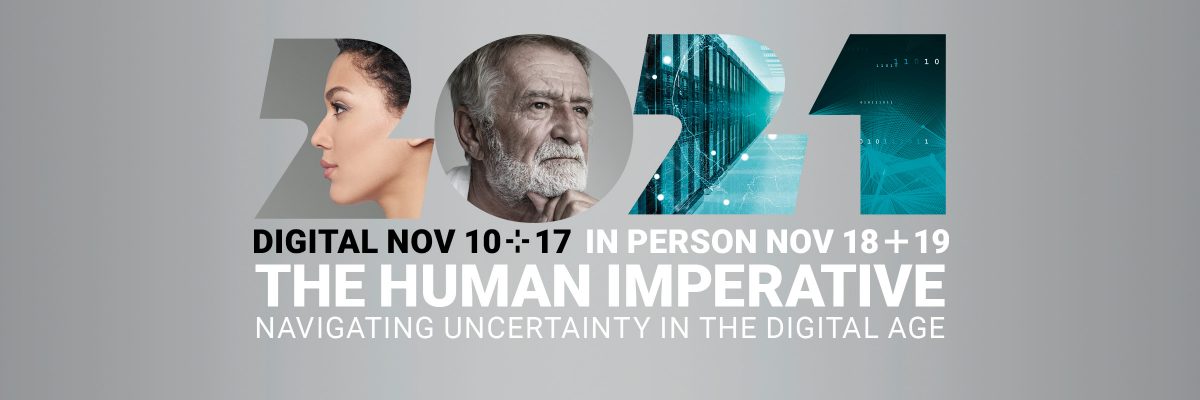
Ecosystems are not new to business. During the Middle Ages there were large fairs where merchants and trades would come together in coordinated commerce. This also occurred in Prato, Italy in the 14th century with the textile industry where an “ecosystem” of various trades from the textile industry would collaborate — all orchestrated by powerful wool merchants where “trading hubs” were established and were enabled through production coordination, QA/QC, and even financing. Other earlier examples would be the 100 year old Li & Fung trading company from Hong Kong or the VISA card platform. All were successful ecosystems, but without a “digital backbone.”
Today with our VUCA world and combined with digitized 4th IR, there has been a clear and compelling shift from an organization-centric to “ecosystem-centric”— a web of interdependent enterprises and relationships which create business value. This is clearly a significant change from traditional markets and a movement toward interacting and interdependent relationships, and a complex and interconnected digitized system.
It is the synergy of ecosystems which is so compelling, and only possible because of significantly increased connectivity and the tremendous advancements in cyber physical systems: AI, IoT, genome sequencing, autonomous vehicles, block chain, 3D printing — all continue to unlock new business models, products, and new customers and relationships.
With the ecosystem age businesses are seeing a “new reality” —particularly for incumbent enterprises. Only 3% of incumbents have adopted an offensive platform strategy. Historically businesses have tackled issues on their own, but in this newer, digitized world the best alternative/approach has given way to companies shaping a new competitive landscape — building their own collaborative network, joining existing ones and leveraging these ecosystems to maximize value and achieve competitive advantage.
Drucker Forum 2019
This new Digitized Era (4IR) has prompted many organizations to re-tool their teams and to make collaboration and partnering central to their skill set development and competitive advantage. There is more complexity to this newer business model: geographic diversity of participants, cross-industry focus, shorter and more focused deal structures, and mutually and continuous value creation. And with “digital-age partnerships” collaboration happens across geographic, language and cultural barriers. Analysis shows that 90% of ecosystems involve participants from more than five countries and 77% of ecosystems involve developed and emerging market participants. It is not surprising that today’s competitors may become tomorrow’s partners — “frenemies.”
As for customers, 81% of consumers are demanding improved response time, 76% expect organizations to understand individual needs, and 68% anticipate that the ecosystem will provide for “harmonized consumer experiences.” And when executives are surveyed, 64% believe the new business models will profoundly impact their businesses.
It is expected that ecosystems will account for more than $60 trillion in revenue by 2025 or more than 30% of the global corporate revenue. Many companies have clearly experienced the value and competitive advantage having already reengineered their business models to insert a digital backbone.
About the Author:
Mark Béliczky is a consultant to The Carlyle Group and is Chartered Manager and a Fellow at the Strategic Management Forum, and a member of the American Academy of Management and the Peter Drucker Society Europe. He holds a faculty position at Georgetown University, and lectures at other universities in the US and Europe
This article is one in the Drucker Forum “shape the debate” series relating to the 11th Global Peter Drucker Forum, under the theme “The Power of Ecosystems”, taking place on November 21-22, 2019 in Vienna, Austria #GPDF19 #ecosystems


this post very useful